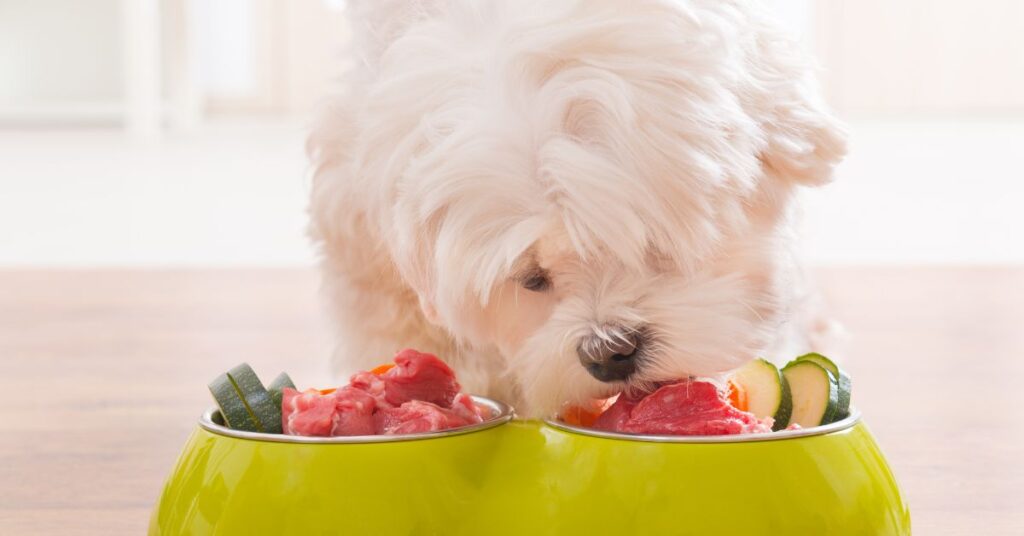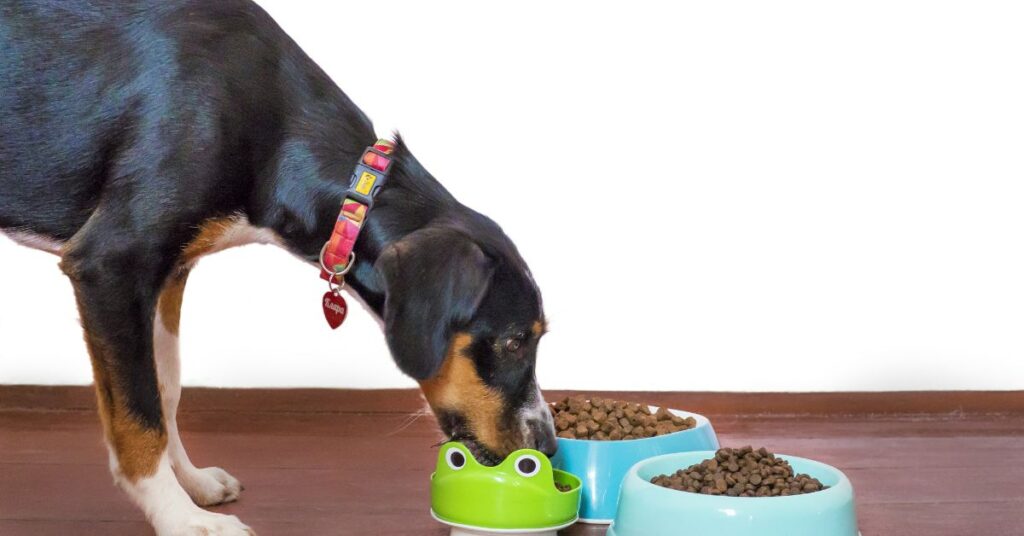Having a picky dog can be frustrating for any pet parent. You want to make sure your furry friend is getting the right nutrition, but what do you do when they turn their nose up at their food? Whether it’s a new habit or something you’ve been dealing with for a while, there are ways to help your dog develop healthier eating habits without causing extra stress.
Here are five simple strategies to help your picky eater start enjoying their meals!
1. Try Different Food Textures
Just like humans, dogs can have preferences when it comes to texture. If your dog is consistently refusing kibble, it might be worth trying a different texture such as wet food or a mix of both. Some dogs prefer the softer, more fragrant appeal of wet food over hard kibble. Mixing wet food with kibble not only adds variety but also increases the moisture content, which can be more enticing. You can also try freeze-dried raw food, which has a different texture that picky dogs often find irresistible.
Tip: Start with a small portion of a new food and gradually mix it into your dog’s current diet to avoid digestive upset.

2. Incorporate Dog-Friendly Toppers
Adding a delicious food topper to your dog’s meal is one of the easiest ways to make it more appetizing. You can use low-sodium broth (like chicken or beef) to soften their kibble and give it an extra boost of flavor. Other dog-friendly options include a small amount of plain pumpkin, unsweetened yogurt, or a drizzle of fish oil, which not only entices your dog to eat but also provides additional health benefits.
Adding variety with nutritious toppers can stimulate your dog’s interest in their regular meals, making dinnertime more exciting.
3. Maintain a Feeding Schedule
Dogs thrive on routine, and setting a strict feeding schedule can help curb picky eating behaviors. Offer meals at the same time each day, leaving the food down for about 15-20 minutes. If your dog doesn’t eat, take the food away and try again at the next scheduled time. This teaches them that food is not always available, encouraging them to eat when it is.
Avoid offering too many treats or feeding your dog table scraps, as these habits can make their regular food seem less appealing. Stick to the schedule, and soon your dog will start looking forward to mealtime.
4. Check for Underlying Health Issues
If your dog is suddenly refusing food or has always been a picky eater, it could be a sign of an underlying health issue. Dental problems, gastrointestinal discomfort, or food allergies can cause your dog to avoid eating. It’s essential to rule out any medical concerns by visiting your vet if your dog’s picky eating continues for more than a few days.
Your vet can also help recommend a suitable diet if allergies or sensitivities are suspected, ensuring your dog gets the proper nutrition they need.

5. Try Interactive Feeders or Puzzle Toys
For dogs who are easily bored, mealtime can become more engaging with the help of interactive feeders or puzzle toys. These toys make your dog work for their food, turning mealtime into a fun activity. Not only does this stimulate their mind, but it can also help create a positive association with eating. Many picky eaters respond well to this approach because it takes the focus off the food and makes it a game.
Puzzle feeders are great for slowing down fast eaters, too, promoting healthy digestion along the way!
Bonus Tip: Avoid Stress at Mealtime
Dogs are sensitive creatures and can pick up on stress or frustration. If you’re anxious about your dog’s eating habits, they might associate that energy with mealtime, making them less likely to eat. Keep a calm, positive environment during meals, and be patient with the process.
Conclusion: Finding What Works for Your Dog Dealing with a picky dog can be a challenge, but with a little patience and experimentation, you can find the right solution for your furry friend. By trying out different food textures, adding tasty toppers, sticking to a routine, and making sure there aren’t any underlying health issues, you’ll help your dog become a more consistent eater.
Every dog is different, so it may take a bit of trial and error, but don’t give up! With these tips, you’ll have your picky eater enjoying their meals in no time.


